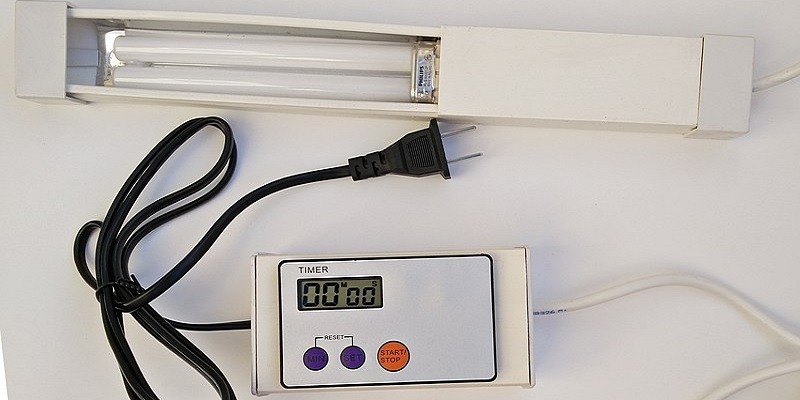
NarrowBand IoT (NB-IoT) is an open 3GPP standards-based Low Power Wide Area Networks (LPWAN) technology which is gaining in popularity because of its higher range, throughput and power efficiency.
Extensively used in the Internet of Things, NB-IoT is helpful in deep area coverage and where lower device bandwidth is desirable to save costs. Being an industrial-grade technology, NB-IoT is deployable across millions of devices simultaneously, making it very lucrative for IoT networks.
Why Does NarrowBand IoT Have an Edge Over Others?
NarrowBand IoT is gaining in popularity because of the sheer promise and potential of LPWAN networks. Currently, NB-IoT, LoRaWAN and SigFox are frontrunners in LPWAN because of sufficient maturity and multiple deployments.
As shown in the comparison below, NB-IoT usually has extremely low Rx bandwidth (100 Hz), long battery life and power efficiency. This makes it far cheaper for massive scaling than against LTE-M technologies like 5G which are at 20 MHz. However, the bit rates for NB-IoT are as low as 12/8 bytes per second.
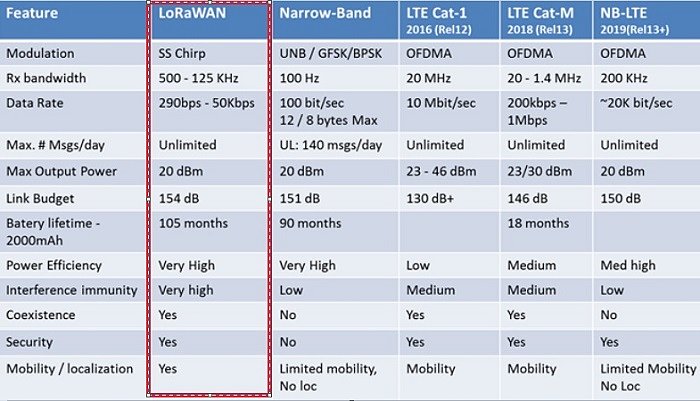
A big advantage of NB-IoT is that it provides deep indoor penetration which is a very unprecedented achievement for any cellular or non-cellular technologies. To understand this phenomenon, check out this brief practical demo of NB-IoT smart parking by Ericsson.
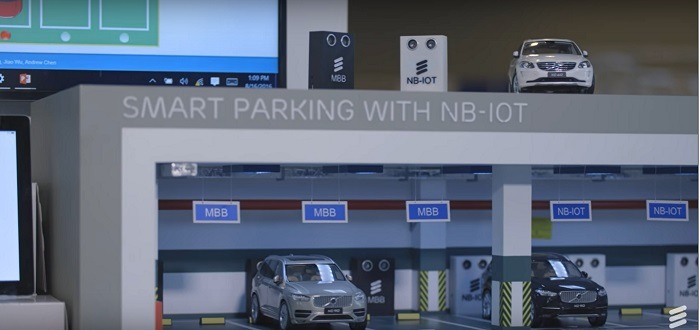
In this demo the presenter shows that for parking at lowest basement levels, mobile broadband (MBB) signals fail to reach the parking spot due to signal attenuation. However, NB-IoT shows no such problems, and the signal is as strong at the lowest basement level.
NB-IoT and Battery Life
The battery life of NB-IoT devices is something that allows you to forget their very existence. They can last as long as ninety months without a single charge. Such a long life makes them convenient for smart lights, water and gas meters, building basements, smart waste bins and other similar applications.
The challenge with LoRa and SigFox is that they are unlicensed unlike the 3GPP standards-based NB-IoT. This makes it suitable for environments where interference is undesirable. It also supports major equipment manufacturers and can integrate readily with existing cellular infrastructure.
Working with NB-IoT as a Hobbyist
If you are working with different IoT boards, you can use NB-IoT in your projects, provided that your cellular service company offers NB-IoT signals, which is currently mostly for enterprises. For example, Arduino offers a shield called MKR NB 1500, which is fully compatible with NB-IoT.
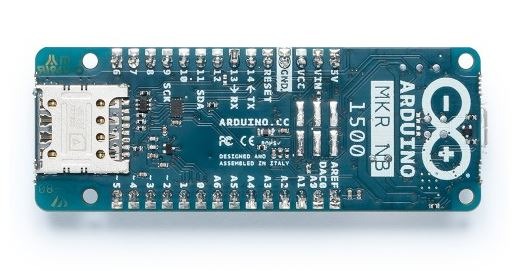
The MKR NB 1500 shield uses a tiny NB-IoT module developed by U-Blox, which at 16 x 25 x 2 mm, is approximately the size of what you’re seeing on your PC screen.
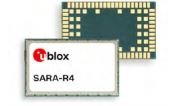
While Raspberry Pi does not offer any boards that support NB-IoT directly, SixFab offers an add-on board for this purpose.
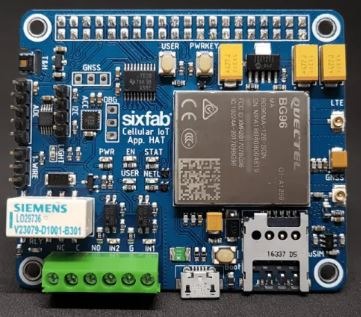
It uses a combined LTE Cat M1/Cat NB1/EGPRS module by Quectel called BG96.
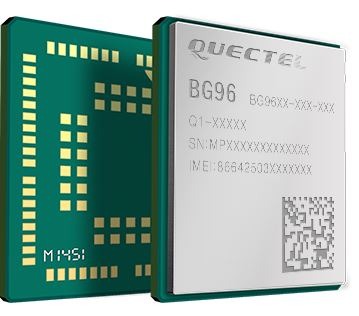
Conclusion
According to the GSMA, several leading telecom providers worldwide currently have rolled out NB-IoT in their spectrum including Deutsche Telekom, Verizon Wireless, Vodafone, Telefónica, SingTel and Etihad Etisalat. Apart from these, several OEM companies such as Cisco, Ericsson, Nokia, Blackberry, Intel, Oracle and Samsung are developing the devices and chipsets which will make NB-IoT widely available in the near future.
Do NB-IoT and low-power networks interest you further? Please let us know in the comments.
Image credit: NarrowBand UVB lamp








